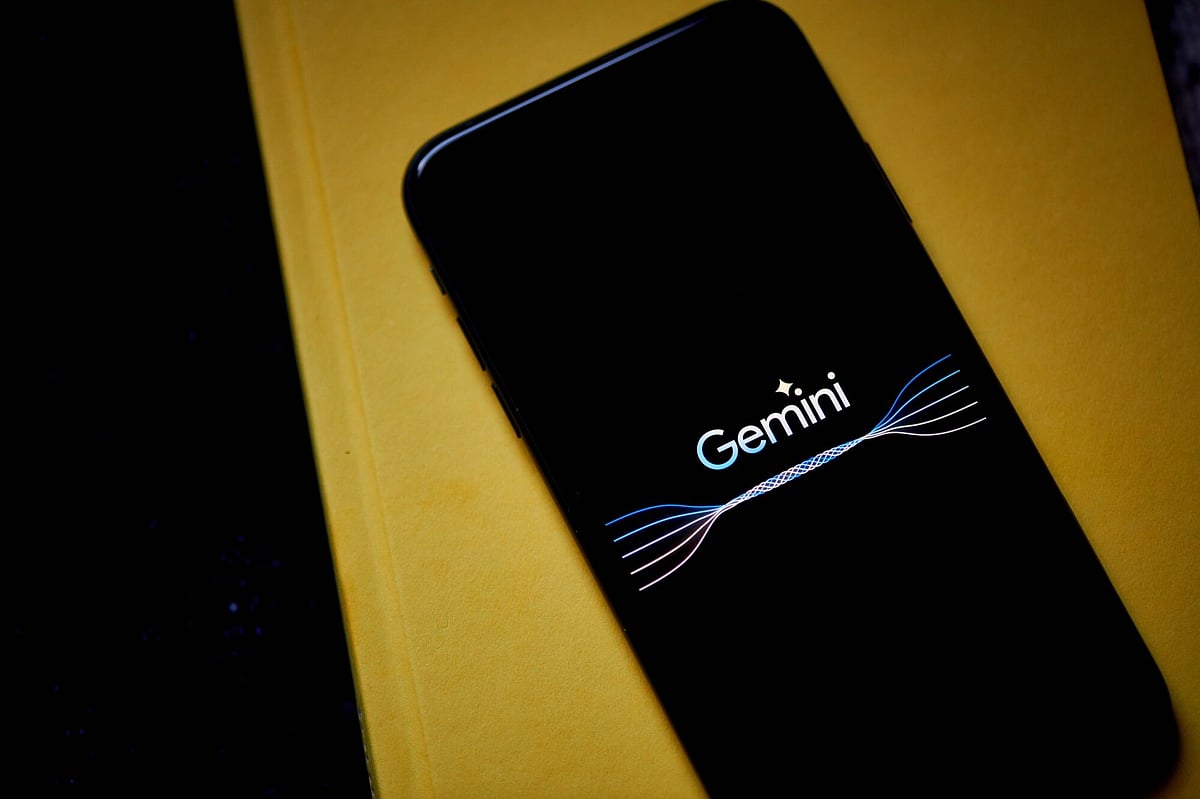Google ramps up AI scam protection in India
Google introduces on-device call screening, app alerts — yet language, device gaps persist

In India’s bustling digital economy — where more than 95 % of smartphones run Android, yet premium devices represent a small sliver of the market — Google is stepping up efforts to shore up protection against an uptick in mobile scams.
On 20 November 2025, Google announced a suite of new AI-powered safety tools for users in India. Among them is on-device scam detection powered by its Gemini Nano model: the feature, which debuted earlier in the US, will analyse incoming calls from unknown numbers and play a beep to alert users of potential fraud — all without recording audio or sending call content to Google’s servers.
The company also revealed a partnership with several financial-app providers (notably Google Pay, Paytm and Navi) to warn users when they open these apps while screen-sharing a call — a known vector for credential theft and fraud. Devices running Android 11 or higher will display a one-tap option to end the call and stop screen-sharing.
In addition, Google noted that its Play Protect service has blocked more than 115 million attempts in India this year to install sideloaded apps requesting sensitive permissions—tools often abused by scammers.
These moves come as India grapples with rising fraud. According to the Reserve Bank of India, digital‐transaction bank fraud in 2024 included 13,516 cases with total losses of around ₹5.2 billion (≈ US $58.6 million). Meanwhile the Ministry of Home Affairs reported that online scams cost roughly ₹70 billion (≈ US $789 million) in the first five months of 2025 — and many more cases likely go unreported.
Yet despite these advances, gaps remain. For example, the new on-device scam detection is initially limited to Google’s Pixel 9 and later phones in India and only supports English. That restricts its impact in a market where Android dominates yet Pixel’s share is under 1 % and where most users speak regional languages.
Analysts note that while Google’s push is significant, the challenge of policing fraud in a vast ecosystem of devices, apps, languages and regional markets is far from solved. Previous warnings about predatory and fraudulent apps on the Google-Play ecosystem suggest that even with tightened controls the volume and ingenuity of scammers persist.
For users, the message is two-fold: enable the protections (which are off by default) and remain vigilant — scams evolve just as fast as the tools to stop them. Google, for its part, frames India as a 'proving ground' for robust AI-powered safety infrastructure that may then scale globally.
Network Links
GN StoreDownload our app
© Al Nisr Publishing LLC 2025. All rights reserved.